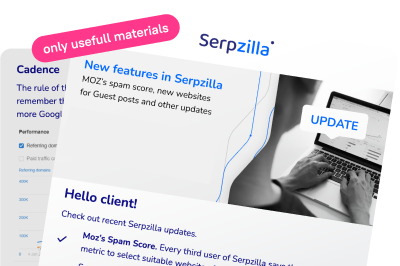SEO specialists differentiate between natural, quality, good, and bad links. These aren’t just evaluative characteristics; it’s important to know the differences between these terms and be able to explain them, for instance, to clients of promotion services.
Natural and Unnatural Links
Natural links are created organically, without manipulations by the optimized site. They are characterized by:
- No trackable parameters (like UTM tags).
- Placement outside of sponsored or paid content.
- Absence of redirects via JavaScript or monetization tools.
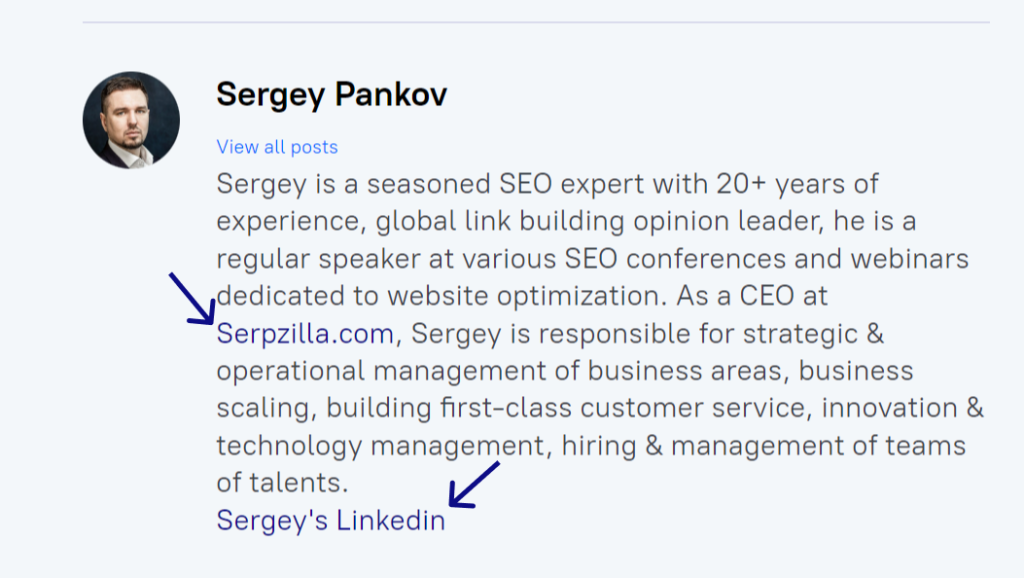
A natural link generally refers to content, be it a site or other source of information.
Unnatural links are obtained by manipulation: for example, purchased by hundreds of thousands to promote the site in the shortest possible time. After search engines have introduced various algorithms to track them, there have been penalties: sites can be lower or excluded in search results.
This is mainly the case with links that are not of the Nofollow type because Google’s algorithms focus more on Dofollow links.
- Features of unnatural links:
- There are traceable parameters, for example utm source;
- Are located in sponsor content on the site;
- Lead to a resource using monetization scripts, which indicates a paid placement.

Quality Links
Quality links should come from a trustworthy source. Buying a bulk package of dubious links at a wholesale price will unlikely categorize them as ‘quality’.
However, defining ‘quality’ can be somewhat abstract and may vary among SEO specialists. Usually, it involves certain requirements for the referring site, such as:
- Being niche-specific and regularly updating information on its main theme.
- Having medium or high and steadily increasing traffic.
- Trust indicators of the resource (like DR, CF+TF, ICS) being at least 10-30 units.
- No links to resources with prohibited information or clickbait content.
- The site does not allow tracking if sponsored content is permitted (except for marked advertising).
- Media kits and advertising sections not including prices for paid link placement.
- The site being tracked in Google News or other news aggregators.
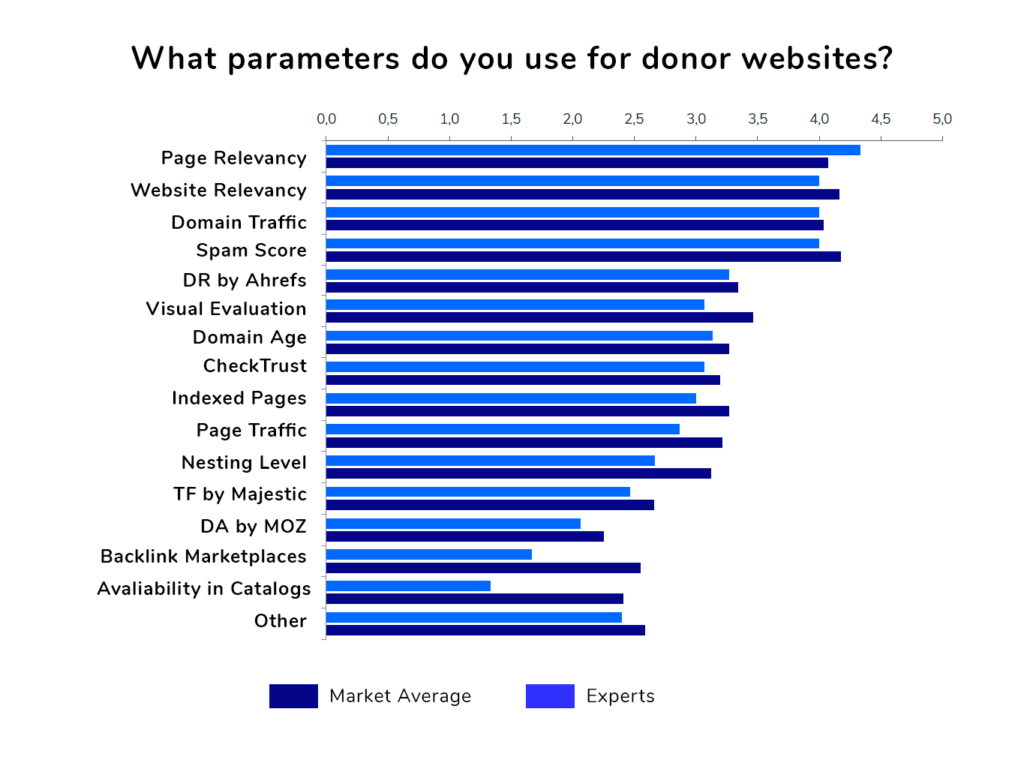
Good Links – What Are They?
Not always does a link meeting common quality criteria guarantee successful promotion of your site. Conversely, a link may not formally be ‘quality’ but can positively affect SEO.
Regional factors, for example, play a role. Some topics are legally prohibited in some parts of the internet, so links from portals engaging in illegal activities are unlikely to benefit promotion in Google.
When choosing a source, it’s also crucial to consider that a good link can lose its value over time. For instance, links from a popular thematic site with growing traffic and fresh content are definitely beneficial. However, if it’s a young site or a personal blog, there’s a risk factor. The site might decline over time, making the placed link less valuable.
As another example, consider a ‘stagnant’ site with clear thematics and regular quality content but little to no traffic growth over many years. Such a site might be poorly optimized or outdated in design and usability. Whether a link from this resource will be beneficial and how its visitation might change over time is a debatable topic.
Lastly, consider a young but slowly growing site with a solid core of regular visitors and quality relevant content. Theoretically, such a site might grow in the future, enhancing the effect of the link. However, no guarantees can be made, so SEO specialists must act based on their own assumptions.
There’s no universal way to determine a ‘good’ link for every site. The quality of the donor site does not guarantee a long-lasting and expected effect. In this regard, one can only rely on experience and common sense, make forecasts to anticipate potential risks, and identify donors that may bring substantial benefits in the future. Additionally, setting up a link monitoring system, such as using a specialized service, is recommended to respond promptly in case of issues.
Sources of Quality Links
To assess whether a site is quality enough to place a link, first consider the links, the volume of traffic from search engines, and its relevance, i.e., how much it corresponds to the promoted queries.
It’s important to focus on the traffic of the search engine in which you plan to promote. For example, if the donor has high traffic from Google, it indicates that Google indexes and ranks it well in search for promoted queries. If the donor also appears for your key phrases, it means its audience is relevant to yours, and links from such a site will work better.
In addition to checking the basic parameters of the donor site, pay special attention to the donor page if the link is placed on an already existing page. The recommendations are the same: the presence of traffic to the page and backlinks. Note that the most important is the donor page -> acceptor page link, more than the donor site -> acceptor page link.
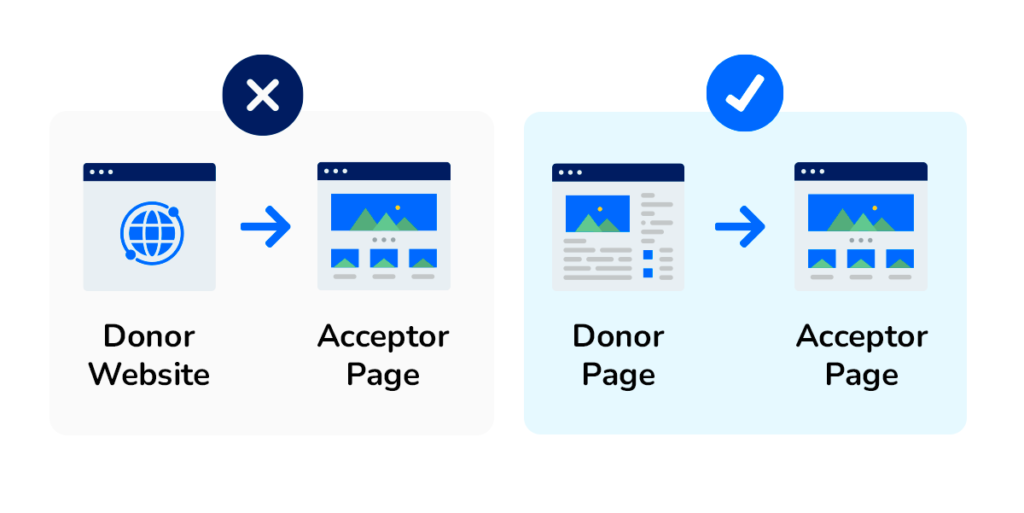
You can neglect the thematics of the donor site if the thematics of the donor page is relevant to your landing page.
For assessing the quality of pages, you can use the domestic service Keys.so, as well as the SerpzillaRank (SR) rating in Serpzilla.com. To assess the quality of the donor site, use the same tools as for competitor analysis – Ahrefs.It’s another tool on the Internet for analyzing donor sites. It provides statistics on two indicators:
- Trust – the authority of the platform.
- Spam – the extent to which the resource is cluttered with links to other low-quality sites.
Ahrefs is renowned for its intuitive interface catering to SEO beginners and experts alike, offering metrics visualized through clear, color-coded charts for easy interpretation. Its ratings, based on a scale up to 100, evaluate site quality and backlink profiles, with higher scores indicating better performance. Ahrefs streamlines the SEO workflow by enabling the bulk upload of sites for analysis, significantly enhancing efficiency and productivity for users seeking comprehensive site audits and competitive insights.
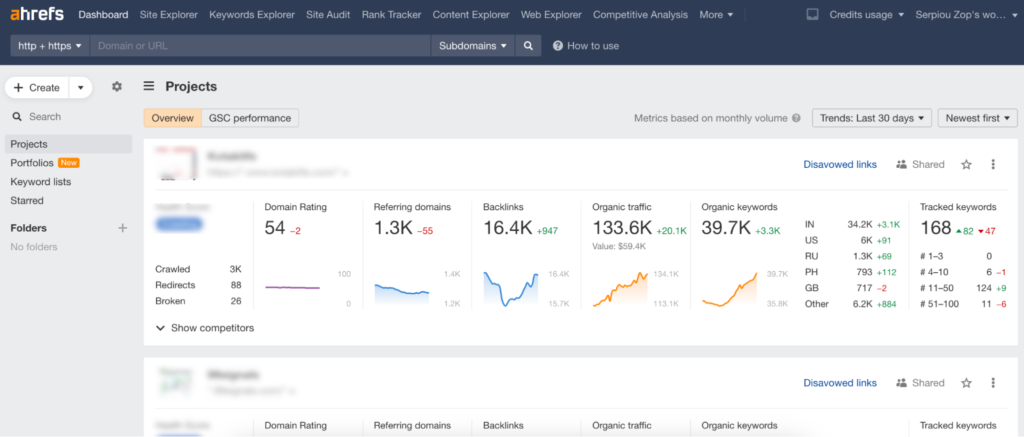
For more detailed information on choosing optimal platforms for link placement, refer to the section on “How to Choose Sites for Link Placement.”



